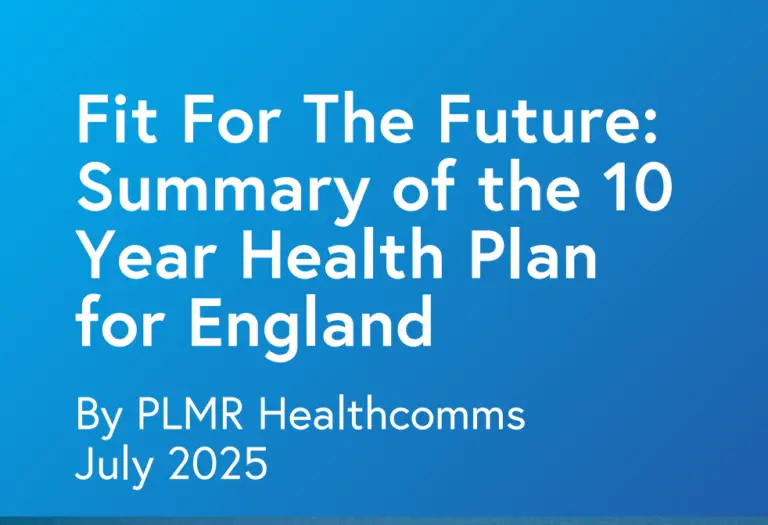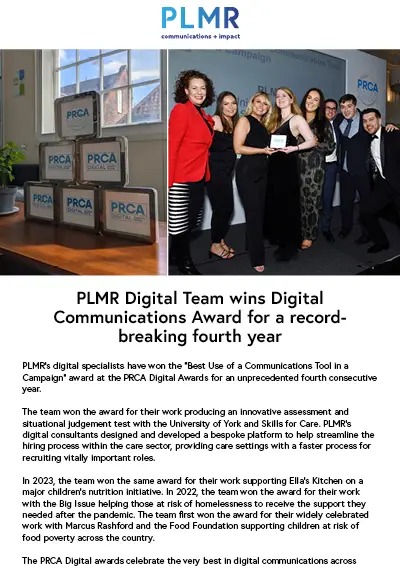The digital expectations of renters are higher than ever, with 42% of residential landlords being asked about the digital connectivity of a property by prospective renters according to research commissioned by the HomeOwners Alliance.
These expectations have shaped WiredScore’s recent move to expand their remit from rating the internet quality of new and existing commercial spaces, to also cover Build to Rent (BtR) residential buildings.
These shifts in priorities are significant, if unsurprising. Internet is becoming a more and more pivotal part of our everyday lives – TfL are even looking to bring internet connections into tube tunnels as well as in stations.
The rise of the start-up means that more and more of us are looking to work remotely, whether that is at home or in flexible workspace. A reliable internet connection is therefore more important than ever. And in London, this is far from guaranteed.
A trend which is reflected in cities across the UK, shows that in the urban centre internet speeds are slow and unreliable – and the best speeds are found in leafy suburbs.
I know all too well how true this is. In 2017, I moved to the Rotherhithe peninsula, renting a lovely townhouse near Surrey Quays Overground station.
With the contract signed and keys picked up – I discovered a quirk of the area beyond free tickets to Printworks (courtesy of British Land’s regeneration of Canada Water!) – It has the worst internet speeds in London.
Being too young to properly remember dial-up internet, I was assured by my parents that I had managed to rent a house which had speeds even slower than those heady days.
With so many things to think about when renting a new place, WiredScore’s move into the residential property sector is very welcome as a step in the right direction when it comes to viewing internet as an amenity rather than a mere utility. As a happy consequence, the recognition of the increased importance of connectivity ought to incentivise internet providers to offer a better service.
It should also be an even further boost to the BtR sector, further pushing out individual landlords – a huge relief to young people fed up of the inconsistency of those landlords.
But we can do even better.
A cursory glance of the commercial buildings which are certified shows a very small number of (mostly) high-end office buildings. The danger of a move into residential property is that this trend continues, where only expensive new builds are certified.
Like many things, there is an important and often overlooked equalities angle in access to internet. Reliable internet access allows those who may not be able to work in a traditional office space, such as those with caring responsibilities or disabilities, to effectively work remotely at home. There is also an income disparity, with poorer people disproportionately living in central areas which have lower quality internet. They are less likely to live in the shiny new builds which might receive a certification and would be disproportionately impacted by the costs of using mobile internet to compensate for poor broadband.
There are so many roadblocks to improving internet speeds in central London, with dated infrastructure, planning and street works permissions, and obstinance from local authorities all playing their part.
But with the increasing demand from residents for better quality internet being recognised by WiredScore, it seems that we can be hopeful of a move in the right direction.




